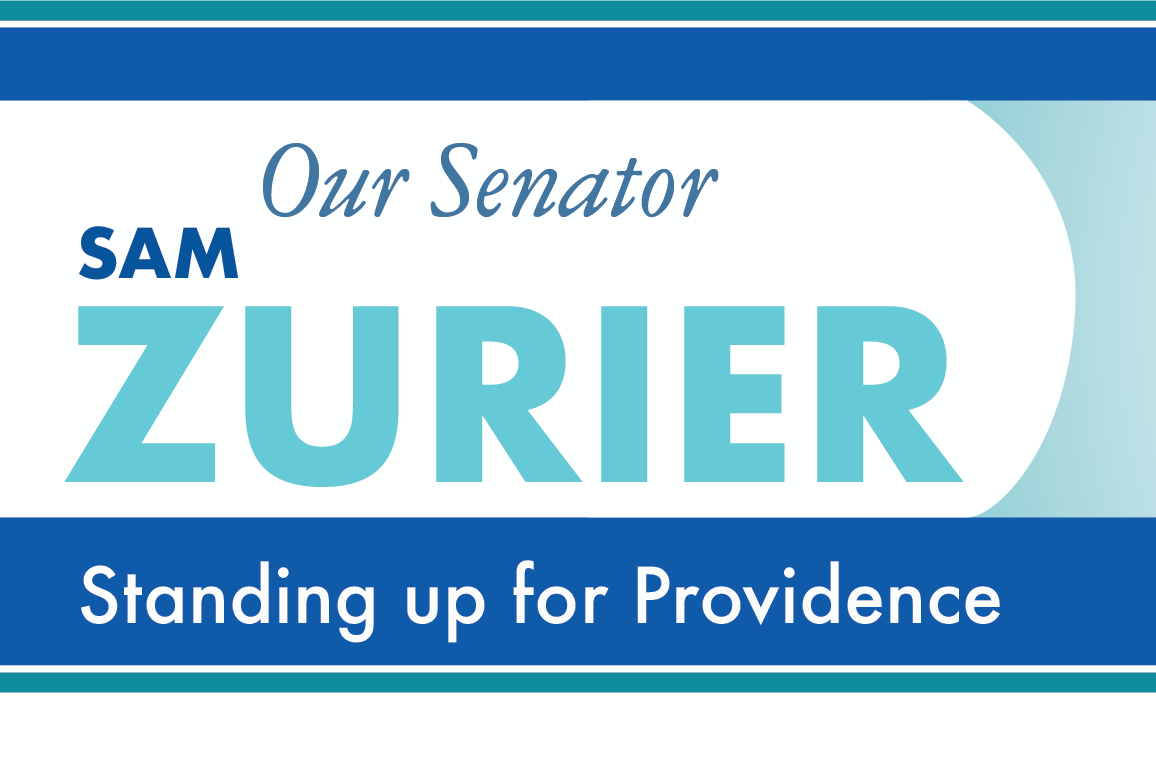This past Monday, the Non-Plurality Voting Study Commission reviewed a draft report describing some of the concerns with our State’s plurality voting system and presenting four alternative systems used elsewhere, evaluating each from the perspectives of policy, implementation and legal issues.
A. Two Problems With Our Current Plurality Voting System
The draft report identifies two shortcomings in our present system. First, multi-candidate elections can raise questions as to whether the plurality winner had broad support. Second, significantly fewer voters participate in primaries, which often select the near-inevitable general election winner. When multiple candidates compete in a primary (as happened in my first primary, described in my October 29 letter), these problems can combine to reduce even further the number of citizens whose votes effectively count in electing our public officials.
B. Ranked Choice Voting
Ranked choice voting addresses the multi-candidate problem by allowing voters to list their preferences of all the candidates, rather than limiting their choice to one. Through an “instant runoff” process, a candidate emerges with majority support when less popular candidates are eliminated in a series of voting rounds. Ranked choice has not produced clear gains in participation in primaries. It also requires a more complex ballot that requires an investment in voter education and in election administration. It presents legal issues for general elections of State legislators and officers.
C. “Top Two” Voting
In Top Two voting, all candidates participate in a blanket, nonpartisan primary, and the two with the greatest plurality earn a place on the general election ballot. The “Top Two” system thereby solves the “multi-candidate” problem for the general election – we are virtually guaranteed a majority winner. It also is easier to implement, as voters are still asked to vote for a single candidate at each stage. With that said, the nonpartisan primary still can be vulnerable to the multi-candidate issue, and the data on participation does not show any clear increases. Finally, there may be legal issues with its use for general elections of state government officials.
D. “Final Four” Voting
Alaska’s “Final Four” voting system combines elements of “Top Two” and ranked choice. In the nonpartisan primary, voters make a single choice. The highest four finishers compete in the general election, and the winner is chosen through a ranked choice ballot. This hybrid reduces the “Top Two” risk of sending two extreme or fringe candidates onto the general election ballot, while the ranked choice in the general election ensures a form of majority support for the winner. (I personally am intrigued by a variation of Alaska’s system in which only three candidates are selected for the final round, which sets up a three-way general election with a ranked choice ballot. I believe voter education would be easier if the ranked choice ballot is limited to three candidates.)
E. Next Steps
At the October 30 meeting, Commission members expressed a range of views concerning these alternatives. Senate legal staff will now provide a draft final report for the Commission’s review and approval. I plan to introduce legislation to ask the voters to amend our Constitution to clear the legal path for some of these alternatives. The Commission’s report will inform the Senate as advocates introduce legislation to implement versions of these alternatives.
